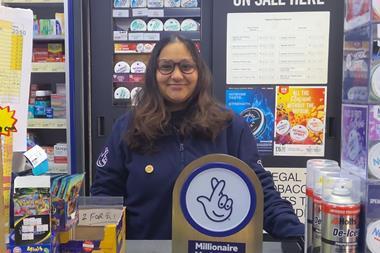Put the colour back into NPD

Convenience retailers of all sizes agree that new products are crucial to build basket spend and to create interest in store. But you’ll only reap the benefits if you really get behind launches as they happen.
ALREADY HAVE A REGISTERED USER ACCOUNT? PLEASE LOG IN HERE
To read the full story join the ConvenienceStore.co.uk community today!
Registration is quick and easy and provides access to:
- Unlimited ConvenienceStore.co.uk articles
- Our great range of newsletters
- Content you’ve saved for later via the ‘my library’ feature
And much more…

























